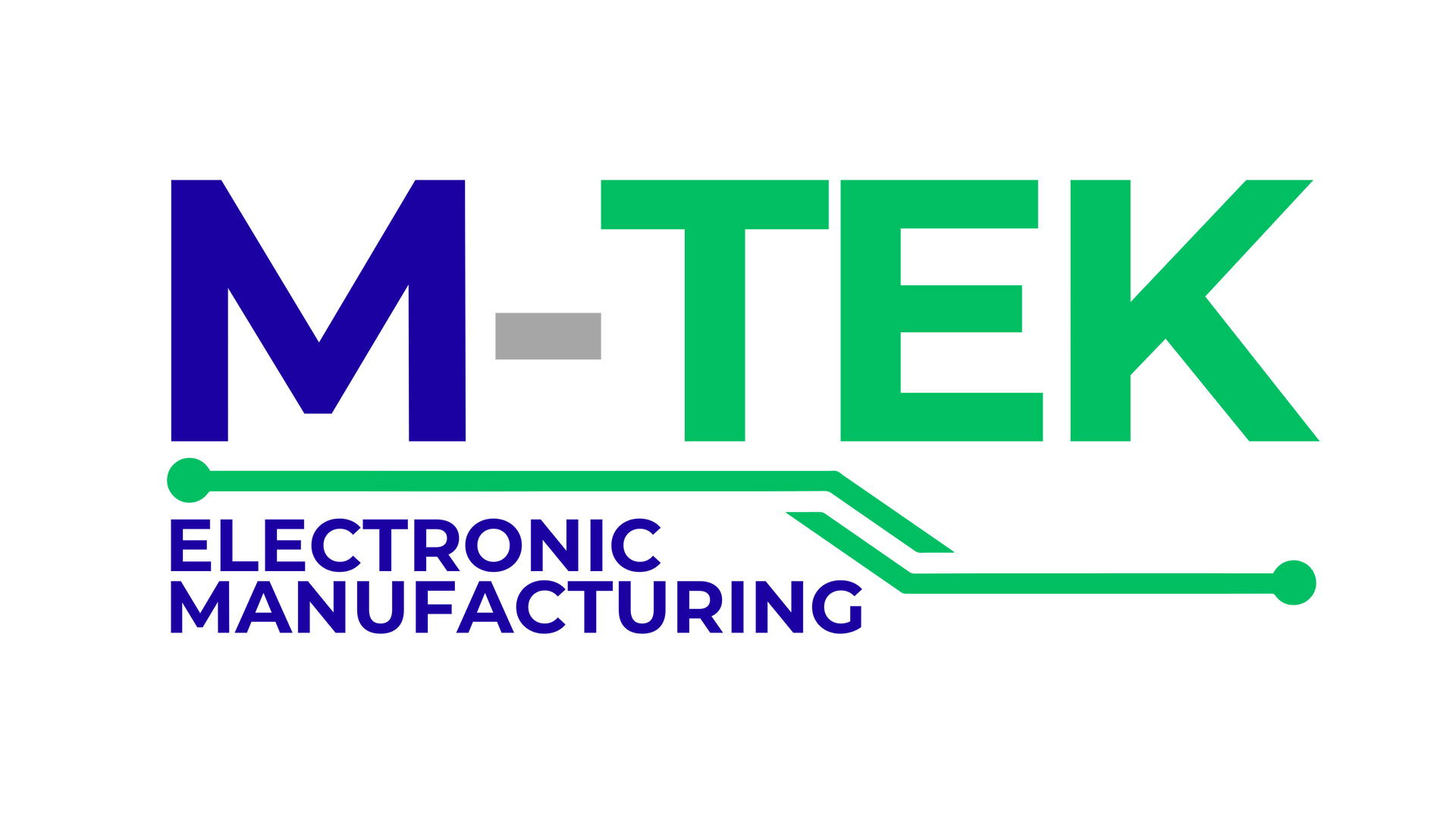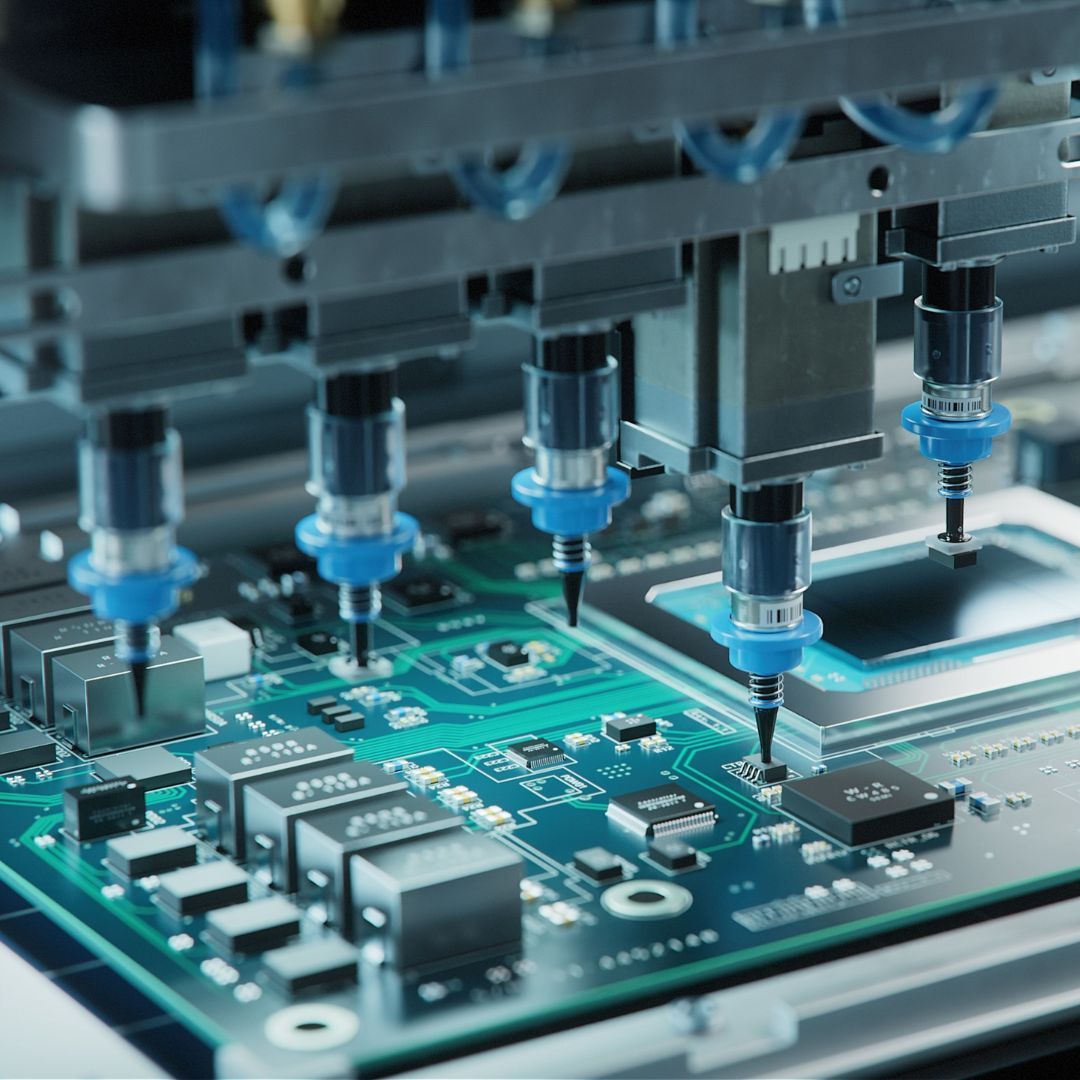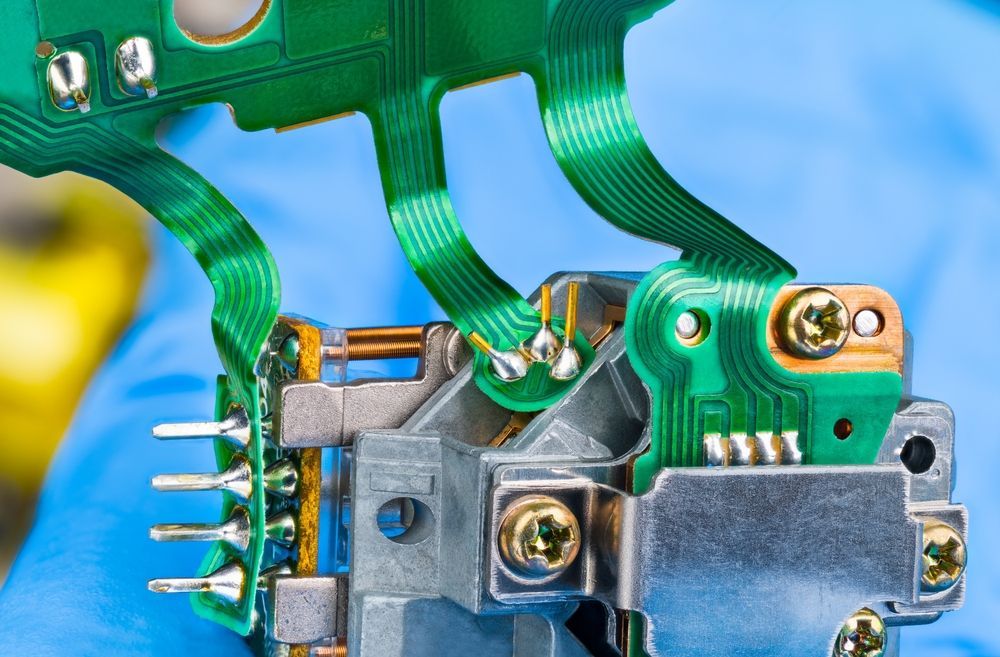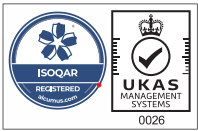At M-TEK, we make sure to provide our customers with printed circuit boards (PCBs) that are the most relevant to their specifications. In certain situations, especially in high-shock and high-vibration environments, this means a Rigid-Flex PCB. We’re here to help with any questions you may have on this type of printed circuit board and the benefits it can have for your business.
What are Rigid-Flex PCBs?
Utilising a combination of both flexible printed circuit boards and rigid technologies, a Rigid-Flex PCB consists of one or more flexible substrates that are attached to one or more rigid boards. Because of their design, rigid-flex PCBs can offer different solutions that either a flexible or a rigid PCB would struggle with.
As they are a mix of two different printed circuit boards, these PCBs are flexible in certain areas whilst hard in others. Rigid-flex circuits can thus be folded or continuously flexed while preserving the geometry of areas that require additional support. The PCB's hard components are entirely punctured by the flexible layers, which are hidden internally.
Due to their versatility, these PCBs are typically used in commercial and industrial industries, such as military and aerospace manufacturing. This can also include in applications such as:
- CT scans
- Mobiles
- Barcode scanners
- Pacemakers
For more information on the different types of PCBs, read
our previous blog here.
The Benefits of a Rigid-Flex PCB
Although more expensive, rigid-flex boards are incredibly adaptable and can be customised for a variety of sectors. Rigid-flex PCBs are the best option under a number of conditions. These boards may not only be the most cost-effective option in such circumstances, but they are also worth the investment.
For example, their basic structural integrity consisting of both flexible and hard layers means that they’re both stable and malleable. This also means that they improve installation in small and difficult spaces. Also, there is greater stability and polarity. This means that the printed circuit board can make connections much easier with electronic components and that fewer connector components will be needed with each application.
But, there are certain applications that benefit the most from rigid-flex PCBs. One of the main benefits is that these PCBs can be used for high-density applications; due to their flexibility and the little space they take up.
Rigid/Flexible PCB vs. Rigid-Flex PCB
The rigid-flex PCB, as its name implies, combines the best aspects of rigid and flexible PCBs while omitting many of their disadvantages. By placing flexible circuit substrates inside of rigid circuit board materials, a rigid-flex PCB combines flexible and stiff materials, combining the flexibility of flexible circuits with the stability, strength, and circuit routing densities of rigid PCBs.
A range of possibilities for considerably more intricate and mechanically difficult designs are made possible by this combination. In order to simplify the electronic design, rigid-flex PCBs remove flexible cables, connectors, and discrete wiring. Due to the circuits' inclusion in the overall design, a rigid-flex PCB performs electrically better than its competitors.
The rigid-flex PCB contains all of the internal mechanical and electrical connections, giving the electronics designer significantly better electrical performance and service reliability.
M-Tek Assembly Ltd.
By selecting M-Tek, for your printed circuit boards, you will also be contributing to environmental preservation. We have achieved a net-zero carbon footprint by using electric vehicles and we plant a tree for every circuit board we build! Our capabilities cover various types of printed circuit boards, including Flex, Rigid and Rigid-Flex PCB.
For more information on our printed circuit boards, call 01189 455377 and speak to one of our specialists today. Make sure to
follow us on Twitter and stay up to date with our latest services.





